|
In
the history of Egypt the XVIIIth dynasty was golden era of prosperity
and power of empire. Successors of Ahmose who expelled Hyksos’, carry on policy
of expansions sending regularly war campaigns to Asia and expanding influences
at south, in Nubia, gaining control over gold mines. Thus, the growing power of
Egypt results in strong economical position of this country in contemporary
world. Designed and performed with a flourish temples of gods’ cult, numerous
fortresses in south and elaborated tombs in rock became symbol of that epoch.
Under Amenhotep III the Egyptian empire grew in significance that will never
happen again in future. However the wealth in royal court leads finally to
religious schism under Akhenaten and this is beginning of Egyptian empire’s
downfall. Weakness of Amenhotep III’s successors is exploited by kingdoms of
Asia and Nubia which throw off Egyptian yoke. Under Horemheb, the last pharaoh
of this dynasty, this decay is stopped, however the empire faces long way to its
reconstitution. |
||



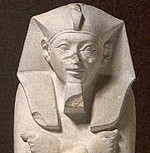


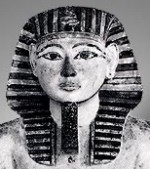 S
S

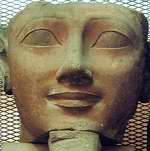 A
A
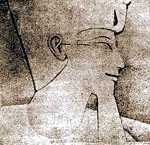


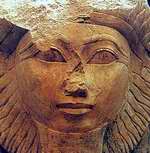 D
D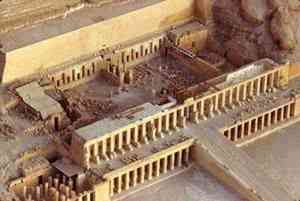

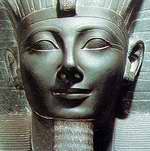 S
S

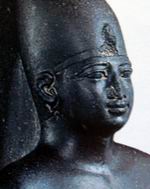

 S
S

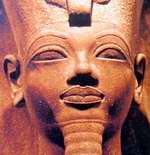 S
S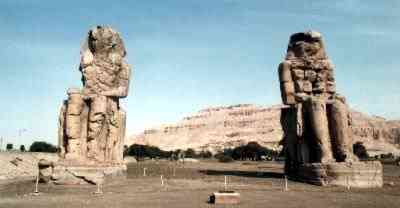



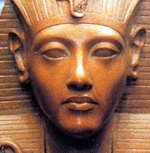 S
S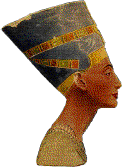
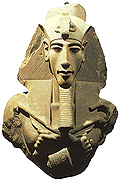
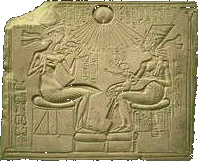


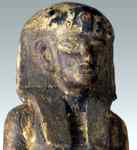



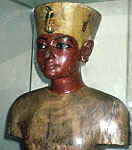 In
spite of a discovery of almost untouched tomb (
In
spite of a discovery of almost untouched tomb (

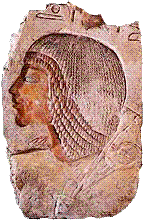


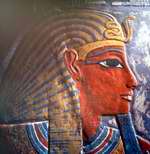 He
originated probably from family of nobles living near Amarna. Under
Akhenaten reign he served as a general of army and enjoyed from the king
many honours. At those times his name was
He
originated probably from family of nobles living near Amarna. Under
Akhenaten reign he served as a general of army and enjoyed from the king
many honours. At those times his name was